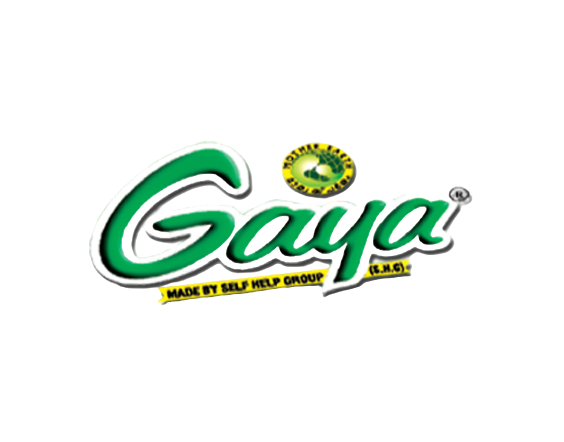9947822444 ( Monday to Saturday 9AM - 6PM )
SME Kerala

MUZRIS NATURAL FIBRE EMPORIUM, Door No.XII /64 & 65, KOTTAPURAM. P. O, KODUNGALLUR, THRISSUR DISTRICT, KERALA, 680667
9446995834MUZRIS NATURAL FIBRE EMPORIUM is a sister Concern of Kottapuram Integrated Development Society.KIDS located at Thrissur District in Kerala, South India, organized around thousand traditional screwpine artisans and developed the Screwpine Craft Cluster. Designers gave skill up-gradation training to the traditional artisanal women enabling them to learn how to make value-added products, which are fetching good prices with the result that new-generation girls of the families are attracted to the craft. The artisans were also given training in developing new designs. They are encouraged to attend various exhibitions in the country. The artisans are now making products like vanity bags, carry-bags, wastepaper baskets, newspaper holders, laundry boxes, files, interior decoration items etc. The artisans get training in the planting of screwpine, collection of the leaves once in three months without harming the plant, management of raw material, dyeing using both eco-free and permitted dyes as well as organic dyes, stitching and splicing of the leaves, fumigating, packing etc which makes them professionally competent to meet international demands. Today, the Screwpine cluster is able to meet huge orders with reasonable time and with international quality. Screwpine is most abundantly found in the coastal regions, which grows in the marshy land, especially along the banks of rivers and canals. The fine natural fibre of the plant, one of the best of its kind in the World, is in use from centuries together for making bed mats at home. Screwpine belongs to the family Pandanaceae and the genus Pandanus. Screwpine is commonly found in the South Indian states, Indonesia, Peninsular South East Asia and Papua New Guinea. In common English usage Screwpine is also called as “Umbrella Plant”. Water hyacinth (Eichhornia crassipes) is native to South America but now is an environmental and social menace throughout the tropical and subtropical areas. This weed can double in biomass once in every 8 to 10 days in warm nutrient-rich waters. Its annual organic production is around 50 to 70 tonnes/ha. Undoubtedly, water hyacinth is one of the most successful invasive alien species in the world. Scientists have tried for developing both biological and chemical control of this weed. The main drawback with biological control of water hyacinth is the time required (4-5 years in tropical environments and it is influenced by the extent of the infestation, climate, water chemistry, etc). As the weed infestation increases and extensively spread, biological control is least effective. Chemical control is less expensive but least ecologically friendly as the herbicide residue levels may be high and its detrimental effects upon other aquatic communities and fish are alarming. As both biological and chemical methods for the effective control of water hyacinth are not found to be effective, proper and efficient utilization of the weed is a highly sustainable and sensible option. However, this has not been efficiently developed. NATIONAL RESOURCE CENTRE FOR NATURAL FIBRE CRAFT In 2009, KIDS was awarded a cluster project for the enhancement of Screwpine Craft based at Kodungallur by the office of the Development Commission (Handicrafts), Govt. of India, Ministry of Textiles. The development of this cluster of Screw pine artisan women is considered a model for the entire County. As a recognition of the remarkable achievements of this cluster, KIDS has been awarded a 'National Resource Centre' on Natural Fibre craft. This Resource Centre is part of the Eleventh Five Year Plan of our Country. There is not even a Board or a Corporation for the promotion of the wide variety of natural fibres of the country. Govt. of India consider this Resource Centre as the single window for all the problems faced by thousands of poor rural art workers in the country. Furthermore, the year 2009 was declared as the International Year for Natural fibres by the United Nations.